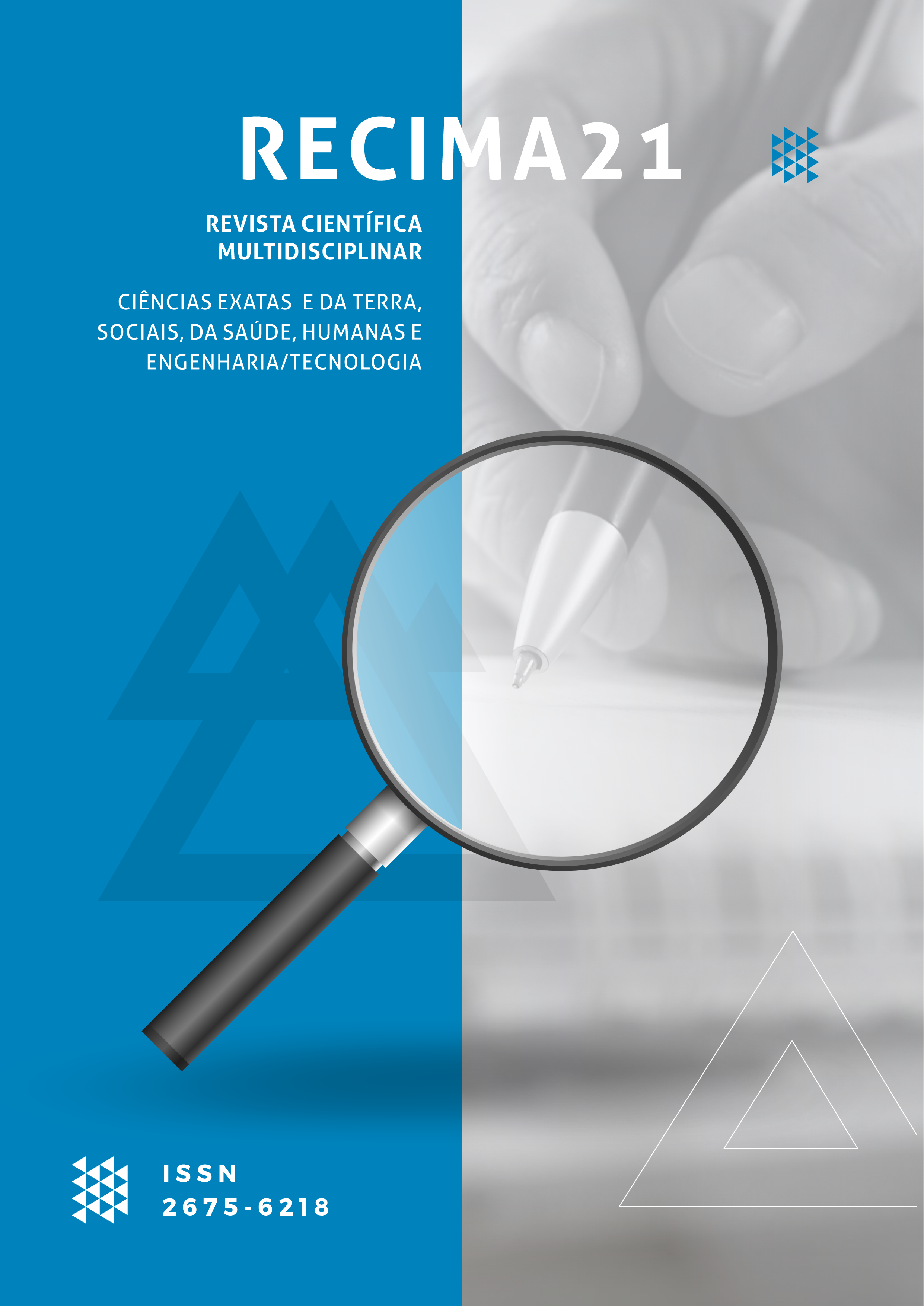DALILA IN MILTON’S SAMSON AGONISTES
DOI:
https://doi.org/10.47820/recima21.v3i3.1287Keywords:
Dalila; Milton; poetry; Samson Agonistes; Satan.Abstract
For several reasons, Delilah's scene in John Milton's Samson Agonistes is crucial to this tragedy. Firstly, she portrays the "tempter" in this drama. Second, she can be compared to many characters in other dramas, such as Eve, Satan, and other notable figures. Finally, her episode length suggests that she is in the midst of tragedy; it adds to and helps portray Samson's growth as a character. Finally, Delilah awakens and helps Samson understand his flaws and weaknesses, after which he finds his right path and accepts his fate.
Downloads
References
Milton, J., & In Hughes, M. Y. (1957). John Milton Complete Poems and Major Prose. New York: Macmillan Publishing Company.
Low, A. (1974). The Blaze of Noon: A Reading of Samson Agonistes. New York: Columbia University Press.
Martz, L. L. (1969). “Chorus and Character in Samson Agonistes.” Milton Studies. V.1, pp. 115-134.
Mazzacane, P. (2003). “Milton’s Symbolic Economy: Psycho-Symbolic Power Relations in Samson Agonistics.” MA. Southern Connecticut State University.
Milton, J. (1957). Samson Agonistes. John Milton Complete Poems and Major Prose. Ed. Merritt Y. Hughes. New York: Macmillan Publishing Company.
Mustazza, L. (1988). “Such Prompt Eloquence”: Language as Agency and Character in Milton’s Epics. Lewisburg: Bucknell UP.
Neelakanta, V. (2011). “Theatrum Mundi and Milton’s Theater of the Blind in Samson Agonistes.” The Journal for Early Modern Cultural Studies, Vol. 11, No. 1, pp. 30-58.
Nicolson, M. H. (1963). John Milton: A Reader Guide to his Poetry. New York: Farrar, Straus and Company.
Parker, W. R. (1963). Milton’s Debt to Greek Tragedy in Samson Agonistes. London:
Archon Books, Hamdon, Conn.
Rajan, B. (1970). The Lofty Rhyme: A Study of Milton’s Major Poetry. Florida: University of Miami Press.
Sarkar, N. (2015). “Samson Agonists: The Embodiment of Confidence and Will Power.” Research Journal of English Language and Literature (RJELAL), Vol.3.2, pp. 225-28.
Stasney, R. A. (2004). “Milton’s Women.” MA. The University of Houston Clear Lake. Steadman, J. M. (1968). Milton’s Epic Characters: Image and Idol. Chapel Hill: The University of North Carolina Press.
Downloads
Published
Issue
Section
Categories
License
Copyright (c) 2022 RECIMA21 - Revista Científica Multidisciplinar - ISSN 2675-6218

This work is licensed under a Creative Commons Attribution 4.0 International License.
Os direitos autorais dos artigos/resenhas/TCCs publicados pertecem à revista RECIMA21, e seguem o padrão Creative Commons (CC BY 4.0), permitindo a cópia ou reprodução, desde que cite a fonte e respeite os direitos dos autores e contenham menção aos mesmos nos créditos. Toda e qualquer obra publicada na revista, seu conteúdo é de responsabilidade dos autores, cabendo a RECIMA21 apenas ser o veículo de divulgação, seguindo os padrões nacionais e internacionais de publicação.













